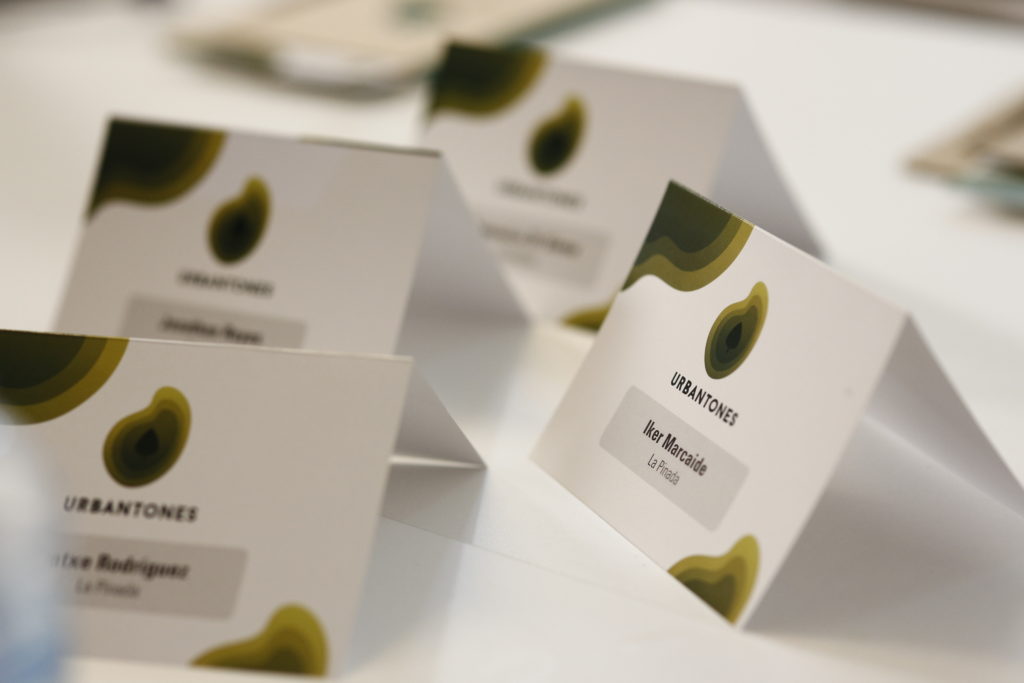Currently, 63% of greenhouse gas emissions (GGE) are produced from the generation of energy through fossil fuels such as coal, gas and petroleum. From La Pinada district, we want to reduce the effect of climate change by using renewable energy produced in the same district.
But, is this possible? Keep reading and we will tell you how we are going to do this.
Table of Contents
OUR RESPONSE TO THE RENEWABLE ENERGY CHALLENGE
We have undoubtedly set a very, very high standard on the subject of energy. We know the importance this subject has for future residents, and the opportunity it gives us to develop a project which is completely sustainable from the beginning.
Before we start, it is important that we know which are the energy needs our future eco-district will have. We use energy in the form of electrics, heating, refrigeration and hot water for domestic use.
Once these needs have been identified, we would like the energy, which is going to be used in residential buildings and businesses, to be zero kilometre. Yes, 0 km energy, but we have taken this into account: “the cheapest energy is the one that isn’t consumed”, which is why the buildings they are building must be very efficient, in order to use the minimum resources possible.
As regards the buildings, which steps have to be taken to design a zero-energy building?
First:
The exterior of the building and its constructive elements have to be treated with the aim of maintaining a constant interior temperature, regardless of the external temperature variations, and the average interior temperature shall be increased by several degrees with the objective of reaching thermal comfort with the help of thermal insulation.
Second:
The work has to be carried out within the active measures of energy efficiency such as responsible consumer habits, the installation of A+++ electrical appliances and efficient lighting etc.
Third:
Once the demand has been fully minimised, an installation shall be carried out which is adjusted to the energy needs that will be covered with sources of renewable energy.

Taking the challenge set out as a starting point, last May we organised a workday with experts in energy management, renewable energies, and energy installation design etc. at Las Naves innovation centre in Valencia to find innovative solutions in matters of energy. As the energy demand is going to be minimum thanks to the bioclimatic design of the building, some of the challenges put forward were:
-
Which technologies are the most suitable to cover the energy demand of the district?
One of the most interesting conclusions is that “the energy has to be clean and able to be generated within the district itself”. It was also mentioned that one of the technologies that makes the most sense is photovoltaic, geothermal, aerothermal, and small-scale wind power energies etc.
-
How can we help the future residents to use energy responsibly?
It was said that it would be interesting to educate and inform the residents on how to use energy responsibly. There was also a mention of it being interesting to have an energy management APP, which would also give personalised advice on how to help the residents reduce their energy consumption.
-
Will the district be connected to the electricity grid?
Yes, it wouldn’t make sense to be disconnected from the grid because it seriously increases the investment, as batteries are expensive, and it guarantees the supply during those unusual times when the district can not be self-sufficient.
-
Will there be an intelligent energy distribution network?
Most of the experts were strongly in favour of creating a smart grid which would be managed by the district itself, in order to be more efficient in energy management.
The action plan until the end of the year for validating the initial theories and challenges for the district of zero energy emissions balance is:
- To know how much energy is going to be needed in the district.
- To study the renewable energy resources in the area.
- To choose the renewable generation technologies and how much of each one is necessary to be able to cover the demand of the district at all times.
- To validate the technical and economical viability of the solutions reached.
We are facing the opportunity to live in a revolutionary district in regards to energy, which includes the fight against climate change from the district’s initial design. We also want to share with you that we have been selected by Europe for its sustainable district programme in which we will have the opportunity to work with the best experts in the whole of Europe!


Thanks, it is very informative